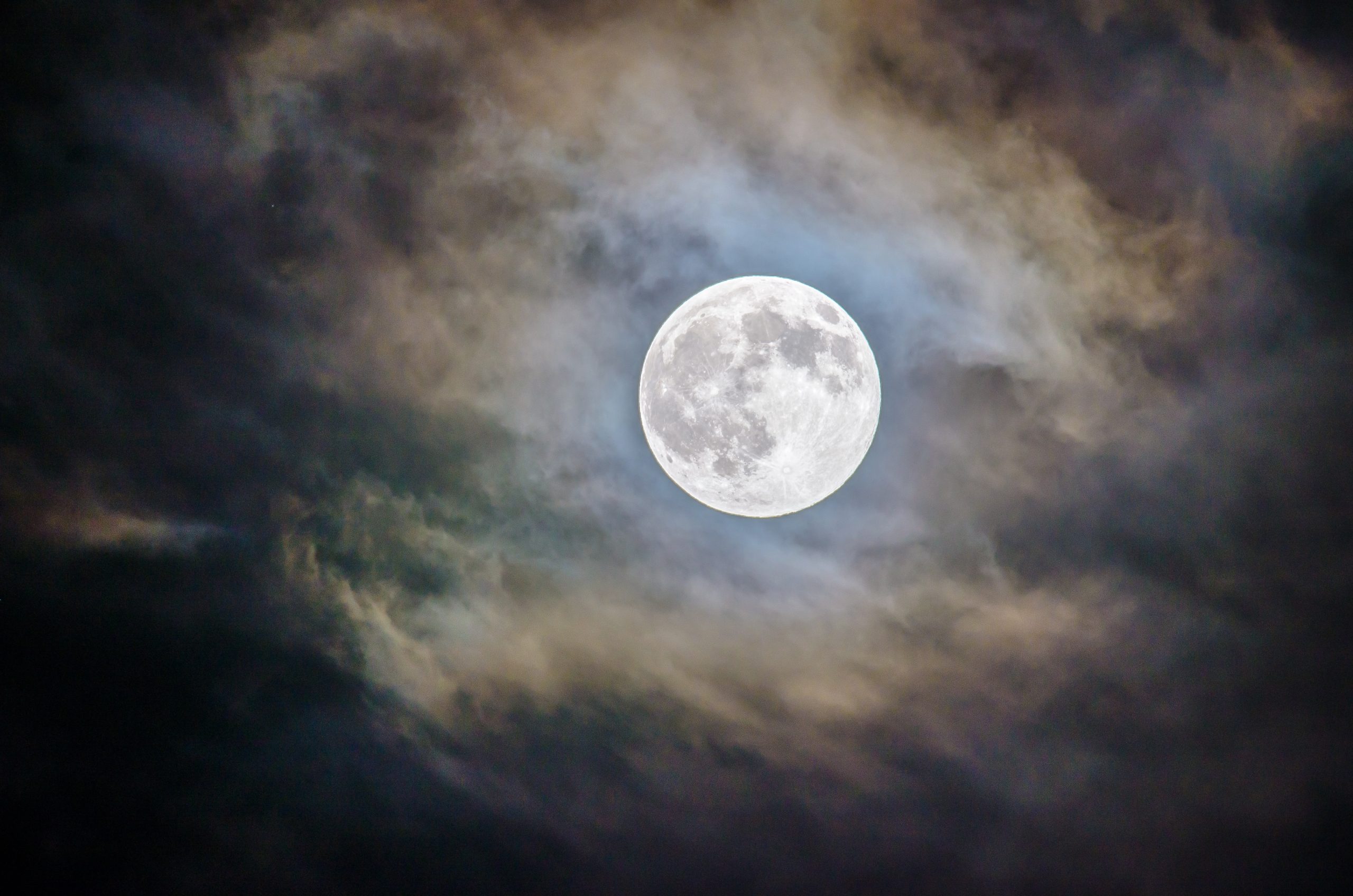Exploring the Hidden World of Zoroastrian Mysticism
When discussing ancient mystical practices, the Zoroastrian tradition may not be the first that comes to mind. However, this ancient religion, which originated in Persia (modern-day Iran) around the 6th century BCE, has a rich mystical heritage deeply rooted in dualistic cosmology and esoteric practices. In this blog post, we will embark on a journey to unravel one of the lesser-known aspects of Zoroastrian mysticism – the Gathas, sacred hymns attributed to the prophet Zarathustra.
Understanding Zoroastrian Mysticism
Zoroastrianism, also known as Mazdaism, is one of the oldest known religions in the world. It revolves around the teachings of the prophet Zarathustra (also called Zoroaster), who is believed to have received divine revelations from Ahura Mazda, the supreme deity in the Zoroastrian pantheon. Central to Zoroastrianism is the belief in the cosmic struggle between good and evil, symbolized by the concepts of Asha (truth) and Druj (falsehood).
Within Zoroastrianism, a mystical current developed over time, incorporating philosophical and spiritual elements that aimed to transcend the material world and reach a state of spiritual enlightenment. This mystical branch of the religion explored profound questions about the nature of the divine, the human soul, and the purpose of existence.
The Gathas: Mystical Songs of Revelation
The Gathas are a collection of seventeen hymns composed by Zarathustra himself and are considered the most ancient and sacred texts within Zoroastrianism. These poetic compositions form a significant part of the Avesta, the sacred scriptures of Zoroastrianism.
The Gathas, written in an ancient Indo-Iranian language known as Avestan, are meticulously composed and arranged in metrical patterns. They provide insights into the prophet’s mystical experiences, divine revelations, ethical teachings, and philosophical reflections.
Themes within the Gathas
The Gathas touch upon several recurring themes, each offering glimpses into the mystical nature of Zoroastrianism:
- 1. Dualistic Cosmology: The Gathas present a dualistic worldview, where the forces of good and evil continuously battle for supremacy. These hymns delve into the cosmic drama between Ahura Mazda and Angra Mainyu, the Zoroastrian equivalent of Satan.
- 2. Divine Illumination: Zarathustra speaks of his profound divine encounters, where he received enlightening revelations from Ahura Mazda, providing spiritual guidance for himself and his followers.
- 3. Ethical Teachings: The Gathas place great emphasis on living a righteous life and promote moral values such as truthfulness, justice, and compassion. They advocate for the triumph of good over evil through human agency.
- 4. Rituals and Philosophical Reflections: These ancient hymns also contain references to Zoroastrian rituals, reflections on the mysteries of existence, and meditations on the nature of reality and the human condition.
Approaching the Gathas: Mystical Interpretations
The Gathas have been subjects of extensive scholarly and mystical interpretation throughout history. Some interpret them primarily from a linguistic or historical perspective, seeking to uncover the original meaning of the texts, while others approach them with a more spiritual and metaphysical focus.
For those delving into the mystical aspects of the Gathas, these hymns are seen as vehicles for spiritual ascension and enlightenment. They are explored as pathways to connect with the divine and attain a state of union with Ahura Mazda.
The Mystical Journey
Mystics and spiritual seekers contemplate the Gathas as a guide for their personal mystical journey. They study these ancient hymns, meditate upon their verses, and internalize the teachings they contain.
Such seekers often engage in spiritual practices, such as chanting the Gathas, engaging in deep contemplation, and performing rituals associated with the text. Through these practices, mystics aim to experience a deep union with the divine and to awaken the latent divine spark within their own souls.
Conclusion
Exploring the profound world of Zoroastrian mysticism opens our eyes to the diversity and depth of mystical traditions that have shaped human spirituality throughout the ages. The Gathas, as the mystical core of Zoroastrianism, provide a unique perspective on the nature of the divine, the purpose of existence, and the role of human beings in the cosmic struggle between good and evil.
While Zoroastrianism may be lesser-known in comparison to other mystical traditions, delving into its mystical aspects, such as the Gathas, reveals a treasure trove of wisdom waiting to be discovered.
So, let us embrace the opportunity to immerse ourselves in the hidden world of Zoroastrian mysticism, honoring the profound insights and spiritual guidance offered by the timeless hymns of the Gathas.
Table of Contents
